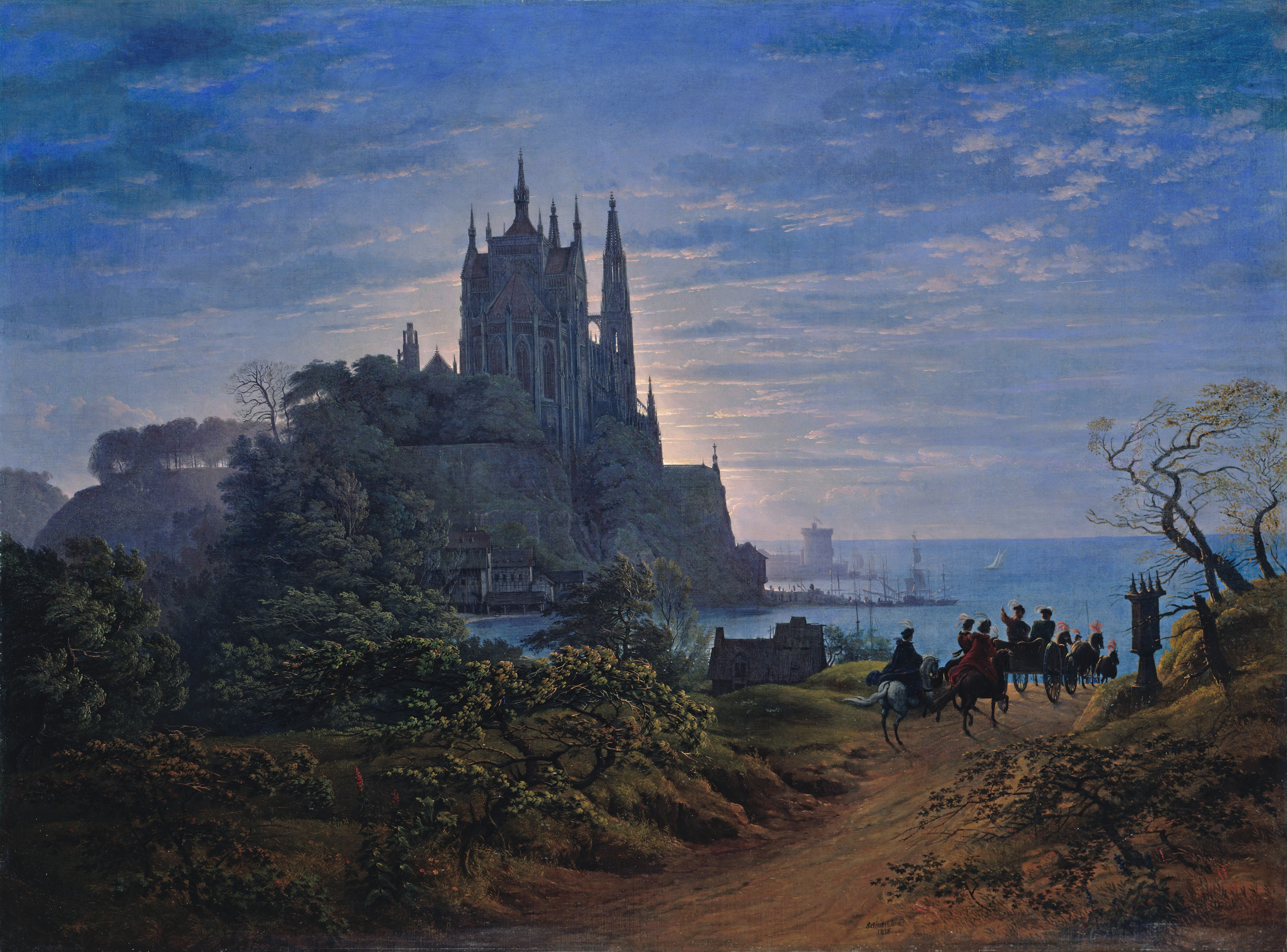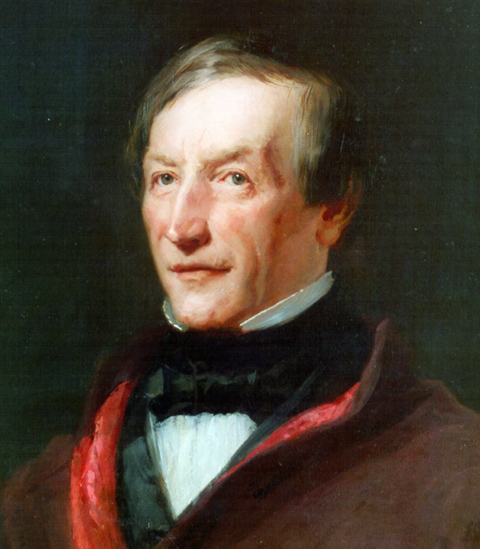|
Udo Weilacher
Dr. Udo Weilacher (born 1963 in Kaiserslautern) is a German landscape architect, author and Professor for Landscape Architecture. Biography Udo Weilacher was educated as a gardener in 1984. He studied landscape architecture at the Technical University of Munich-Weihenstephan and at the California State Polytechnic University, Pomona between 1986 and 1993. At the Technical University of Munich he received his diploma from the German landscape architect and professor Peter Latz. At the University of Karlsruhe and the ETH Zürich where he worked as a scientific assistant and a lecturer until 2002, it was the renowned Swiss landscape architect Dieter Kienast, who influenced Weilacher in his practical and theoretical work. Since 1995, Weilacher is an officially registered Garden- and Landscape Architect at the Chamber of Architecture in Germany. Weilacher did extensive research on the relationship between art and landscape and on theory and history of contemporary landscape architecture ... [...More Info...] [...Related Items...] OR: [Wikipedia] [Google] [Baidu] |
Kaiserslautern
Kaiserslautern (; Palatinate German: ''Lautre'') is a city in southwest Germany, located in the state of Rhineland-Palatinate at the edge of the Palatinate Forest. The historic centre dates to the 9th century. It is from Paris, from Frankfurt am Main, 666 kilometers (414 miles) from Berlin, and from Luxembourg. Kaiserslautern is home to about 100,000 people. Additionally, approximately 45,000 NATO military personnel are based in the city and its surrounding district (''Landkreis Kaiserslautern''), contributing approximately US$1 billion annually to the local economy. History and demographics Prehistoric settlement in the area of what is now Kaiserslautern has been traced to at least 800 BC. Some 2,500-year-old Celtic tombs were uncovered at Miesau, a town about west of Kaiserslautern. The recovered relics are now in the Museum for Palatinate History at Speyer. Medieval period Kaiserslautern received its name from the favourite hunting retreat of Holy Roman Empero ... [...More Info...] [...Related Items...] OR: [Wikipedia] [Google] [Baidu] |
Technische Universität München
The Technical University of Munich (TUM or TU Munich; german: Technische Universität München) is a public research university in Munich, Germany. It specializes in engineering, technology, medicine, and applied and natural sciences. Established in 1868 by King Ludwig II of Bavaria, the university now has additional campuses in Garching, Freising, Heilbronn, Straubing, and Singapore, with the Campus Garching, Garching campus being its largest. The university is organized into eight schools and departments, and is supported by numerous research centers. It is one of the largest universities in Germany, with 50,000 students and an annual budget of €1,770.3 million (including teaching hospital, university hospital). A ''University of Excellence'' under the German Universities Excellence Initiative, TUM is considered the top university in Germany according to major College and university rankings, rankings as of 2022 and is among the leading universities in the European Union. ... [...More Info...] [...Related Items...] OR: [Wikipedia] [Google] [Baidu] |
German Landscape Architects
German(s) may refer to: * Germany (of or related to) **Germania (historical use) * Germans, citizens of Germany, people of German ancestry, or native speakers of the German language ** For citizens of Germany, see also German nationality law **Germanic peoples (Roman times) * German language **any of the Germanic languages * German cuisine, traditional foods of Germany People * German (given name) * German (surname) * Germán, a Spanish name Places * German (parish), Isle of Man * German, Albania, or Gërmej * German, Bulgaria * German, Iran * German, North Macedonia * German, New York, U.S. * Agios Germanos, Greece Other uses * German (mythology), a South Slavic mythological being * Germans (band), a Canadian rock band * "German" (song), a 2019 song by No Money Enterprise * ''The German'', a 2008 short film * "The Germans", an episode of ''Fawlty Towers'' * ''The German'', a nickname for Congolese rebel André Kisase Ngandu See also * Germanic (other) * ... [...More Info...] [...Related Items...] OR: [Wikipedia] [Google] [Baidu] |
Living People
Related categories * :Year of birth missing (living people) / :Year of birth unknown * :Date of birth missing (living people) / :Date of birth unknown * :Place of birth missing (living people) / :Place of birth unknown * :Year of death missing / :Year of death unknown * :Date of death missing / :Date of death unknown * :Place of death missing / :Place of death unknown * :Missing middle or first names See also * :Dead people * :Template:L, which generates this category or death years, and birth year and sort keys. : {{DEFAULTSORT:Living people 21st-century people People by status ... [...More Info...] [...Related Items...] OR: [Wikipedia] [Google] [Baidu] |
1963 Births
Events January * January 1 – Bogle–Chandler case: Commonwealth Scientific and Industrial Research Organisation scientist Dr. Gilbert Bogle and Mrs. Margaret Chandler are found dead (presumed poisoned), in bushland near the Lane Cove River, Sydney, Australia. * January 2 – Vietnam War – Battle of Ap Bac: The Viet Cong win their first major victory. * January 9 – A January 1963 lunar eclipse, total penumbral lunar eclipse is visible in the Americas, Europe, Africa, and Asia, and is the 56th lunar eclipse of Lunar Saros 114. Gamma has a value of −1.01282. It occurs on the night between Wednesday, January 9 and Thursday, January 10, 1963. * January 13 – 1963 Togolese coup d'état: A military coup in Togo results in the installation of coup leader Emmanuel Bodjollé as president. * January 17 – A last quarter moon occurs between the January 1963 lunar eclipse, penumbral lunar eclipse and the Solar eclipse of January 25, 1963, annular solar ... [...More Info...] [...Related Items...] OR: [Wikipedia] [Google] [Baidu] |
Ernst Cramer (architect)
Ernst (Friedrich) Cramer (December 7, 1898 (Zürich/ Switzerland) – September 7, 1980) (Rüschlikon/ Switzerland) was a Swiss landscape architect and one of the most renowned European garden architects after 1945, who had a strong influence on present-day landscape architecture in Europe. Biography Ernst Cramer learned the profession of a gardener at a renowned firm in Zürich, where he was instructed by the landscape architect Gustav Ammann, a close friend of Richard Neutra and one of the most important Swiss garden architects at the time. When Cramer started his own business in 1929, he mostly designed private gardens for wealthy clients and perfected a romantic, rather picturesque style. He was especially interested in the rustic gardens that were built in the southern part of Switzerland in the canton of Ticino. Cramer was a member of the Zürich section of the Werkbund, headed by the Bauhaus member Johannes Itten and the Swiss sculptor Max Bill, and became more and ... [...More Info...] [...Related Items...] OR: [Wikipedia] [Google] [Baidu] |
Land Art
Land art, variously known as Earth art, environmental art, and Earthworks, is an art movement that emerged in the 1960s and 1970s, largely associated with Great Britain and the United StatesArt in the modern era: A guide to styles, schools, & movements. Abrams, 2002. (U.S. edition of Styles, Schools and Movements, by Amy Dempsey) but that also includes examples from many countries. As a trend, "land art" expanded boundaries of art by the materials used and the siting of the works. The materials used were often the materials of the Earth, including the soil, rocks, vegetation, and water found on-site, and the sites of the works were often distant from population centers. Though sometimes fairly inaccessible, photo documentation was commonly brought back to the urban art gallery.http://www.land-arts.com Land art. Concerns of the art mov ... [...More Info...] [...Related Items...] OR: [Wikipedia] [Google] [Baidu] |
Dumbarton Oaks
Dumbarton Oaks, formally the Dumbarton Oaks Research Library and Collection, is a historic estate in the Georgetown neighborhood of Washington, D.C. It was the residence and garden of wealthy U.S. diplomat Robert Woods Bliss and his wife, Mildred Barnes Bliss. The estate was founded by the Bliss couple, who gave the property to Harvard University in 1940. The research institute that has emerged from this bequest is dedicated to supporting scholarship in the fields of Byzantine and Pre-Columbian studies, as well as garden design and landscape architecture, especially through its research fellowships, meetings, exhibitions, and publications. It also opens its garden and museum collections to the public, and hosts public lectures and a concert series. Dumbarton Oaks is distinct from Dumbarton House, a Federal Style historic house museum also located in the Georgetown area. History Early history The land of Dumbarton Oaks was formerly part of the Rock of Dumbarton grant tha ... [...More Info...] [...Related Items...] OR: [Wikipedia] [Google] [Baidu] |
Karl Friedrich Schinkel
Karl Friedrich Schinkel (13 March 1781 – 9 October 1841) was a Prussian architect, city planner An urban planner (also known as town planner) is a professional who practices in the field of town planning, urban planning or city planning. An urban planner may focus on a specific area of practice and have a title such as city planner, town ... and painter who also designed furniture and stage sets. Schinkel was one of the most prominent architects of Germany and designed both neoclassical and neogothic buildings. His most famous buildings are found in and around Berlin. Biography Schinkel was born in Neuruppin, Margraviate of Brandenburg. When he was six, his father died in the disastrous Neuruppin fire of 1787. He became a student of architect Friedrich Gilly (1772–1800) (the two became close friends) and his father, David Gilly, in Berlin. At that time, the architectural taste in Prussia was shaped in neoclassical style, mainly by Carl Gotthard Langhans, the archit ... [...More Info...] [...Related Items...] OR: [Wikipedia] [Google] [Baidu] |
Peter Joseph Lenné
Peter Joseph Lenné (the Younger) (29 September 1789 – 23 January 1866) was a Prussian gardener and landscape architect. As director general of the Royal Prussian palaces and parks in Potsdam and Berlin, his work shaped the development of 19th-century German garden design in the Neoclassical style. Laid out according to the principles of the English landscape garden, his parks are now World Heritage Sites. Life and works Lenné was born in Bonn, then part of the Electorate of Cologne, the son of the court and university gardener Peter Joseph Lenné the Elder (1756–1821), and his wife, Anna Catharina Potgieter (also Potgeter), daughter of the mayor of Rheinberg. The Lenné family descended from the Prince-Bishopric of Liège. Circa 1665, Peter Joseph's ancestor Augustin Le Neu had settled in Poppelsdorf near Bonn as court gardener of Archbishop-Elector Maximilian Henry of Bavaria. Childhood and development Having obtained his ''Abitur'' degree, Peter Joseph Lenné d ... [...More Info...] [...Related Items...] OR: [Wikipedia] [Google] [Baidu] |

.jpg)



.jpg)

